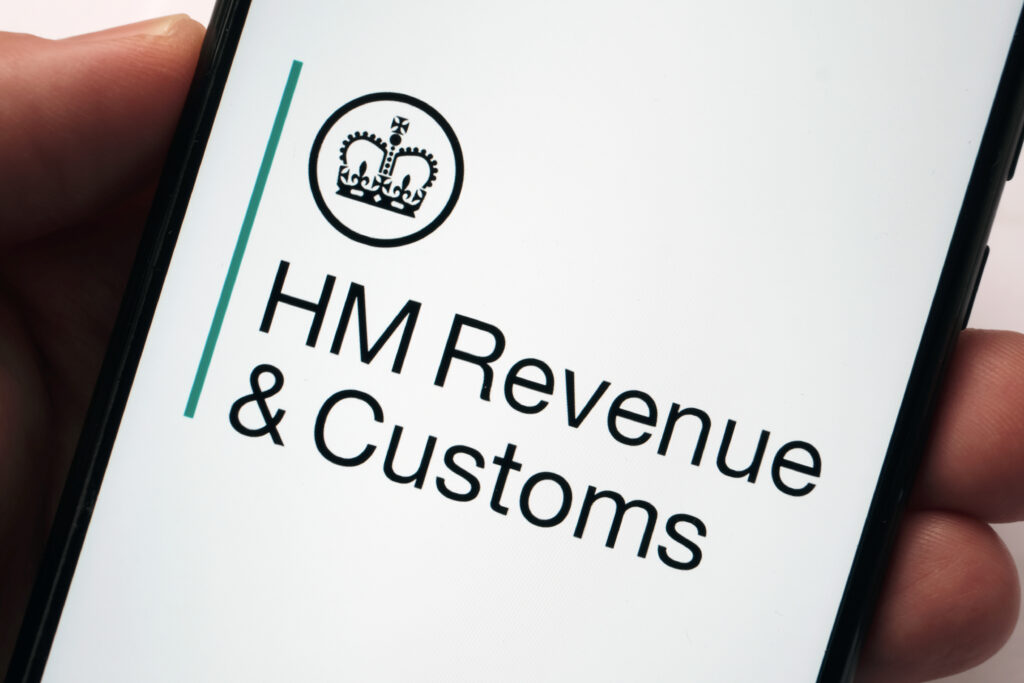How to Register for PAYE

If you’re an employer in the UK, the general rule is that you’ll need to operate PAYE as part of your payroll. PAYE, or Pay As You Earn, is what HMRC uses to collect national insurance and income tax from your employees.
When you register for PAYE, HMRC will automatically deduct income tax from your employees’ salaries before you pay them. Student loans and national insurance payments may also be taken from your employees’ salaries in this way.
If all of your employees are each paid less than £120 per week, you don’t need to register for PAYE. So, for instance, if you have a single employee who works a few hours every Saturday at £10 an hour, and has no other income, their earnings will be below the £120 Lower Earnings Limit and you won’t need to register for PAYE.
You also don’t need to register if your employees have another job, get benefits or expenses, or already get a pension. With that said, you will still need to keep payroll records.
This guide will look at how to register as an employer for PAYE.
When should you register for PAYE?
HMRC currently states that you need to register for PAYE before your first payday. Note that it can take up to 5 working days to receive your PAYE reference number, so you will need to register at least a week in advance of your planned payday.
However, you can’t register too early. Make sure you register within two months of when you plan to start paying your staff.
Sorting out your PAYE can be a hassle.
When should you register for PAYE?
HMRC currently states that you need to register for PAYE before your first payday. Note that it can take up to 5 working days to receive your PAYE reference number, so you will need to register at least a week in advance of your planned payday.
However, you can’t register too early. Make sure you register within two months of when you plan to start paying your staff.
Registering for PAYE: The process
You’ll register with HMRC as an employer, and receive a PAYE reference after this.
Even if you employ only yourself (for instance, you’re the owner of a limited company), you still need to register as an employer.
Here’s how the employer registration process for a limited company works:
1 – Begin the registration process
Follow this link to begin the registration process on HMRC. You will be asked whether at least one company director has a UK national insurance number. If the answer is yes, click “yes” and continue.
2 -Tell HMRC your location
Next, HMRC will ask whether your business is an offshore employer that doesn’t pay UK national insurance and is based outside the European Economic area. If you’re a UK-based business, click “no” to proceed.
3 – List your non-cash incentive awards
Your company may be planning to pay out non-incentive cash awards, like prizes for workplace competitions, vouchers, or paid company holidays (not including statutory holiday pay). Click “yes” if this applies to you, and “no” if not.
4 – Sign in to complete registration
Now that you’ve answered HMRC’s initial questions, you’ll be asked to log in to complete your registration.
For the remainder of your registration, you’ll need to provide some personal and business details, including your name, address, contact details, your type of business, and your expected first payday date.
HMRC reminds you of the circumstances in which you should register as an employer for PAYE:
- If you do, or you intend to, pay any of your employees £120 or more a week (this includes company directors).
- If you plan on employing staff, or you already employ staff, who have another job, or are already receiving a pension (again, this includes company directors).
- If you do, or plan to, offer benefits or expenses to your employees (counting company directors).
- If you work in the construction industry and you plan to hire sub-contractors, or already hire sub-contractors.
To proceed, you’ll need your HMRC account details and the National Insurance number of at least one company director.
Keep in mind that this is the current process of registering as an employer for PAYE, relevant for 2021. It’s unlikely that it will change significantly in the near future, but there may have been some minor alterations since this guide was compiled.
Do you need to register for PAYE if you’re self-employed or a sole trader?
As a self-employed worker or sole trader, you’re not paid through PAYE. If you’re registered as self-employed, you’re not technically classed as an employer, so you don’t need to worry about setting up PAYE before you pay yourself.
If you’re self-employed and work for an employer — for instance, you work for an employer during the day and work for yourself in the evenings —it is only your employer who needs to register for PAYE online, which they will probably have already done.
However, self-employment doesn’t exclude you from taxes altogether. Instead of having taxes and national insurance payments deducted from your income, you’ll need to register for a self-assessment tax return. This requires you to register with HMRC and fill in your financial details at the end of every tax year. HM Revenue will then calculate the tax owed, and you will need to pay that sum off within the next financial year.
The biggest difference between being taxed as an employee of a business and being taxed as a self-employed individual is when the tax gets paid. If you’re on a PAYE scheme within your company’s payroll software, you’ll pay tax automatically on your salary every month. If you’re registered as self-employed, you’ll pay your taxes at the end of every tax year.
What if you need to pay an employee before you register for PAYE online?
The best thing to do is to register for PAYE on HMRC and wait up to five days for your PAYE reference number. However, if you really can’t wait for your reference number before you start paying people, here’s what you need to do:
- Run your business’s payroll using your preferred payroll software.
- Make a full payment submission document. This is a document that employers are obliged to submit to HMRC every time they pay an employee. It gives details of the employee’s pay and tax/NI/student loan deductions.
- Once your PAYE reference number arrives, send this late full payment document to HM Revenue.
How do you send payroll information to HMRC?
There are two ways for employers to send payroll information to HMRC: online or with a paper copy.
Only a few employers are still allowed to send their payroll information on paper. Most are now required to send this information using online payroll software.
Previously, employers could send their payroll information at the end of every financial year. Now, however, employers must use the RTI (Real Time Information) system to send details to HMRC electronically as soon as they pay their employees.
Get help registering for PAYE
If you’re still a little confused about what you need to register with HMRC, or any of your other responsibilities as an employer, Mazuma can help.
It might be your first time completing an online PAYE registration, but our qualified accountants are well-versed in the rules and regulations that businesses must follow when employing staff.
Payroll solutions can be included in our monthly management accounts service, and we can help you with registering online as an employer before you start paying your staff.
If you need advice or support relating to PAYE, your dedicated accountant can guide you through what you need to know.






